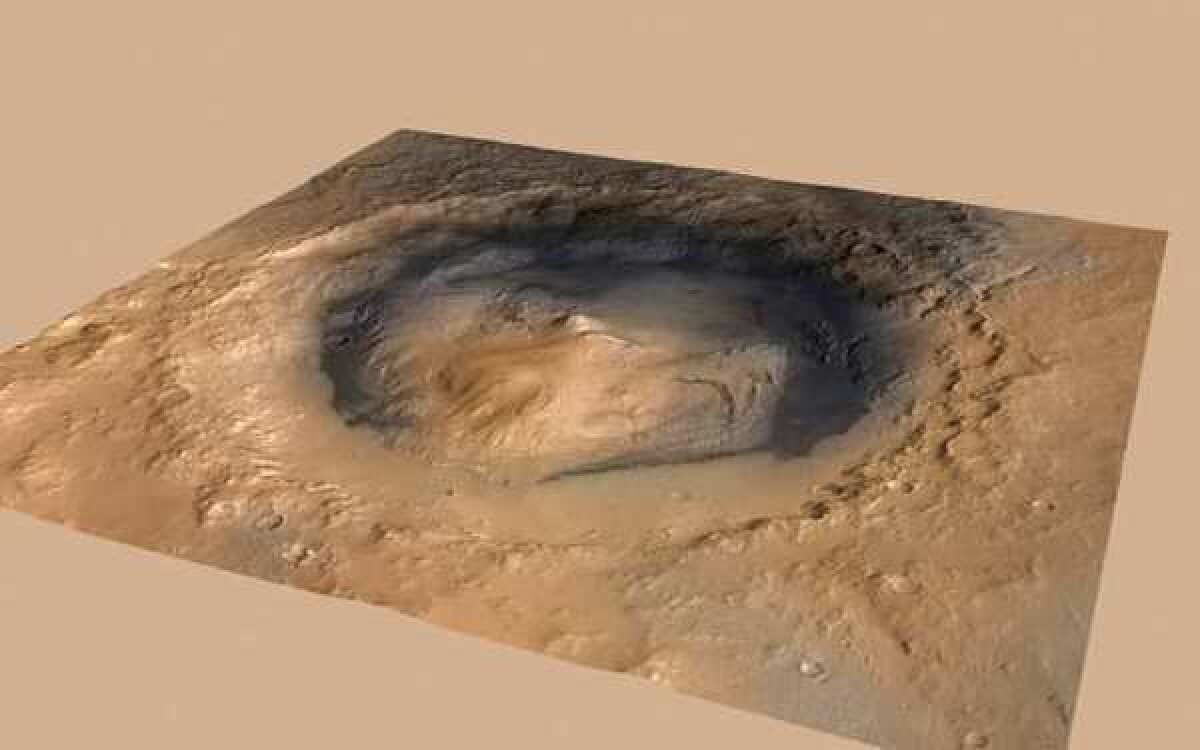Curiosity survives ‘brain transplant,’ to drive on Mars next week

After surviving a planned four-day “brain surgery” operation, the most advanced rover yet sent to Mars will take its first drive next week, NASA scientists said Tuesday.
The Mars Science Laboratory rover, nicknamed Curiosity, had been stretching its limbs and checking out some of its cameras since it touched down on the Red Planet’s surface Aug. 5. This weekend, engineers at Jet Propulsion Laboratory in La Cañada-Flintridge installed fresh software that will arm the rover with the know-how to do its job on Mars.
Next week, said deputy project scientist Ashwin Vasavada, engineers will take Curiosity for a spin, directing it to roll a few meters before wheeling around to check out its landing spot.
The coming days should also yield even better panoramas of the rover’s surroundings, said mission manager Michael Watkins. An earlier image showing off Curiosity’s ultimate target, Mt. Sharp, in the distance had cut off the top of the mountain.
The engineers hadn’t meant to get a partial picture of the 3-mile-high peak, which is thought to bear a valuable rock record of Mars’ early history and is where scientists will search for the ingredients for life. The first few images had been pre-programmed into the rover’s instructions, with no room to adjust the camera frame.
The viewing public wasn’t the only group impatient to see a full shot of Curiosity’s goal, lying about five miles away, the scientists said.
“We are dying to see that image also! We talk about it all the time around the control room,” Watkins said. “We want to see that image as much as anybody.”
The researchers released fresh photos, including a sharper image of the rover’s landing site from the Mars Reconnaissance Orbiter’s HiRISE camera. The images, with many different shades and textures of terrain around the rover, piqued the scientists’ interest.
But Vasavada noted that the mission team was eager to minimize its time around the landing site and head to the mountain in question.
“It’s going to take a good part of a year to finally make it to the sediments on Mt. Sharp,” he said. “So really, we’re trying to just keep our eyes on the prize, finish these checkouts and then get going.”
Follow me on Twitter @aminawrite.







